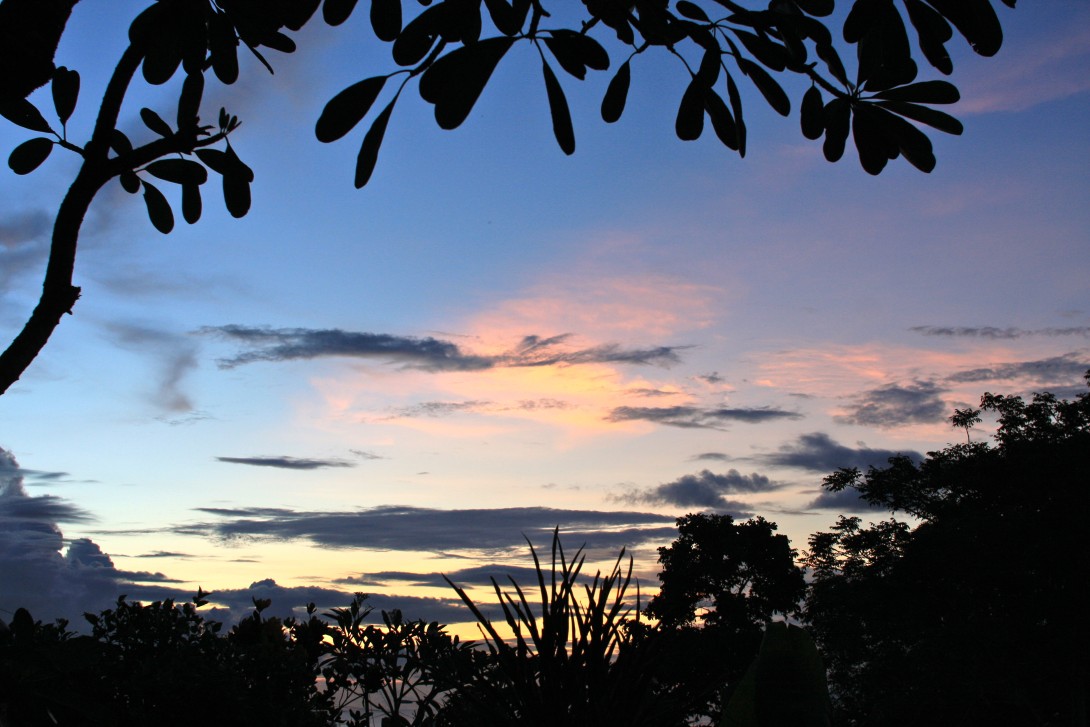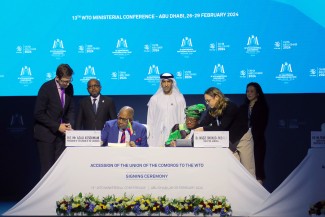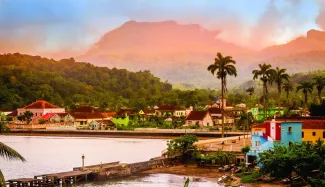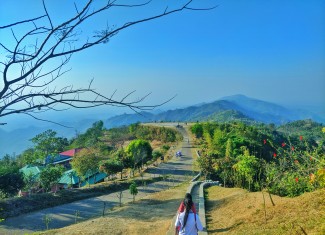Solomon Islands putting itself on the tourism map
Glittering blue seas, palm fringed beaches and wooden jetties overlooking colourful coral does not necessarily result in swarms of tourists – or even a stream.
Luring flashpackers, honeymooners, adventure seekers and everyone in between to laze on remote white sands requires staggering amounts of unseen practical effort and infrastructure. To name just a few: convenient flight schedules and seat availability, trained hotel staff, online booking systems, branding, chefs trained in foreigner-friendly cooking and access to ingredients, search engine optimization, roads, wi-fi.
For the Solomon Islands, blessed with a beautiful landscape and looking to diversify its economy, turning to tourism makes sense. Now, with a national tourism development strategy in hand, they are putting their plans into action.
This includes addressing hotel quality standards and local infrastructure, and supporting artisans and crafts makers who create items for tourists to buy, with support from the Ministry of Foreign Affairs and External Trade and the Ministry of Culture and Tourism in partnership with the Enhanced Integrated Framework (EIF).
ROOM WITH A VIEW
“Dolphin View Beach is the product and realization of my dream,” said Alistair Pae, owner of the Dolphin View Beach Homestay.
Planning for his retirement, he envisioned being his own boss, and in 2007 applied for a plot of beachfront land where he could build bungalows. By 2014, he had approval and had cleared the area and started erecting the first structure, with his own modest sum of money.
“I saw in a local newspaper about tourism funding from EIF. I submitted a project proposal and in 2015 I was informed that my proposal had been approved. The same year I received the assistance that helped me to purchase bedding, a mattress, blankets, pillows and furniture for the bungalow, and I purchased a water pump, generator and pipes, a solar lighting system for the bungalow and kitchen, and bought a stove and utensils for the kitchen,” Pae said.
He added, “This was all I needed to be operational. Then in 2015 I started receiving local guests plus some expats working in town. In 2016, I did online marketing and started receiving international guests.”

UNDER DEVELOPMENT
“For the last couple of years, we had a very limited trade strategy and tourism was not prioritized. The government is recognizing the value of tourism, and with the depreciation of our logging industry, we see tourism as part of our sustainable development,”
George Tuti, Director of External Trade at the Ministry of Foreign Affairs and External Trade, Solomon Islands
For George Tuti, Director of External Trade at the Ministry of Foreign Affairs and External Trade, the tourism push is very much needed for the country’s economic prospects.
“The strategy is important in that it focuses us in a clear direction. For the last couple of years, we had a very limited trade strategy and tourism was not prioritized. The government is recognizing the value of tourism, and with the depreciation of our logging industry, we see tourism as part of our sustainable development,” he said.
‘Competitor’ countries like the Cook Islands, Vanuatu and Samoa have much higher visitor numbers and the Solomon Islands is looking at the reasons for that disparity, which include policy and promotion barriers to tourism development. And, they are looking to address their human potential.
The unemployment rate in the Solomon Islands is high, with youth unemployment at 50% in rural areas, according to the International Labour Organisation (ILO).
Tapping into the country’s tourism as part of its trade development agenda is one way to work to resolve this, and the Solomon Islands is already seeing rewards with increasing visitor numbers, which equals more jobs and more income.
Visitor arrivals had been stagnating before 2015, but grew 13 percent between 2016 and 2017 following the country’s marketing and international standards efforts. This included a push to increase cruise ship arrivals, which is now contributing to tourist growth.
SAILING AWAY
“Having more bungalows and facilities creates more employment opportunities and at the same time demands from the farmers and fishermen to supply vegetables, fruits and fish. That is increasing income,” Pae said of his current three-bungalow spread.
With the grants for small tourism businesses, the government has fostered profits that radiate out into the local communities nearby – essential to creating inclusive and sustainable impacts.
“It helps benefit the surrounding communities as well. So for example the fishermen go out and fish and women do the local style of cooking and you have different activities taking place. The establishments are looking outstanding,” Tuti said.

At Dolphin View Beach, 25 kilometres from the capital Honiara, Pae is now booking an average of six guests a week, buying fresh produce from neighbours, hiring boats to take people on tours, and hosting cultural performances that means income for skilled locals.
One recent online review says it all: “At the end of my stay, everyone came down and waved me off when I left on the boat and it is a very happy memory I will take with me.”
If you would like to reuse any material published here, please let us know by sending an email to EIF Communications: eifcommunications@wto.org.



